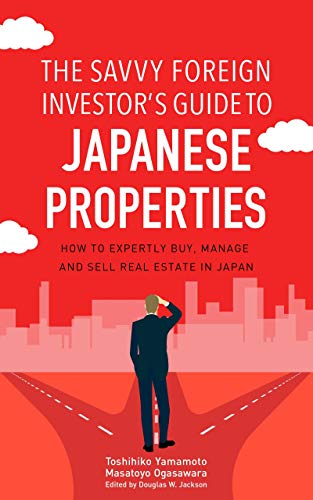We look for properties in suburban areas of Tokyo. There are similar places in Kansai (western Japan), but we don’t cover those areas because it is too far to visit the sites.
The key is selecting a property where you can expect stable demand for housing, meaning a region with a reasonably concentrated population base. You don’t have to worry about the distance from the station in suburban areas, by the way, because unlike people in big cities, most residents commute by car.
The goal in this type of house flipping to rent is to leverage the market distortion. The average value of property in central Tokyo is about 20 to 30 times more than that of some suburban areas of the city. However, that ratio doesn’t hold for the rent you can charge for the same property. Here’s an easy-to-understand example based on a 50-square-meter property:
Value
Central Tokyo: 60 million yen (US$600,000)
Suburban area: 3 million yen (US$30,000)
Rent
Central Tokyo: 300,000 yen per month (US$3,000)
Suburban area: 50,000 yen per month (US$500)
This is where you can leverage things. To be on the safe side, we usually target the low end of rent in the region when making the projection. That also reduces your chances of losing tenants. The goal is to consistently outperform the competition.
The prime target is a property in decent condition in the right region that could generate 50,000 to 60,000 yen in rent (after the renovation work). Otherwise your math won’t work. The properties meeting those criteria change hands quickly, so it is vital that you make a decision within a matter of days.
A typical deal
In many cases, the total investment is between 5 and 7 million yen (US$50,000 to US$70,000), including search fee, land, house, renovation cost, transaction cost and *consulting fee.
*If you locate a property yourself and flip it, obviously there will be no consulting fee charged.
Finance costs
Finance costs are usually high in the home-flipping business, and banks are not willing to underwrite a mortgage loan. Most customers use cash to finance the deal. However, let’s suppose that you can borrow the money from the Japan Finance Corporation, and manage to obtain financing for the deal at 3 percent pa over ten years.
To Be Continued

